Save our Saucer has gone big time.
The campaign to save the saucer structure outside the Hyattsville public library was featured on the blog of the National Trust for Historic Preservation today.
The post notes that the saucer is a “a poured-concrete ode to the Space Race” — something the ad hoc campaign to save it calls “likely the most iconic structure in the city of Hyattsville.”
But it also notes that the consensus among library staffers and county officials is that the building itself is not worth saving, with a 2010 facility assessment showing it would cost more to renovate the building than to start over.
Inside, though, the 1964 building is notably dated. “There’s no technology infrastructure,” explains Michael Gannon, associate director for support services at the Prince George’s County Memorial Library System. “There are very few electrical outlets, and it’s also barely (Americans with Disabilities Act) compliant.” He adds that the windows in the building had to be bolted shut after they frequently slid open by themselves. …
“We have buildings that are historical and architecturally significant, and Hyattsville is not one of them,” Gannon says of the larger system of public libraries in Prince George’s County, some of which have won architectural awards.
Library officials claim that public opinion is split on whether to save the saucer, though Save Our Saucer’s Facebook page has 515 fans.











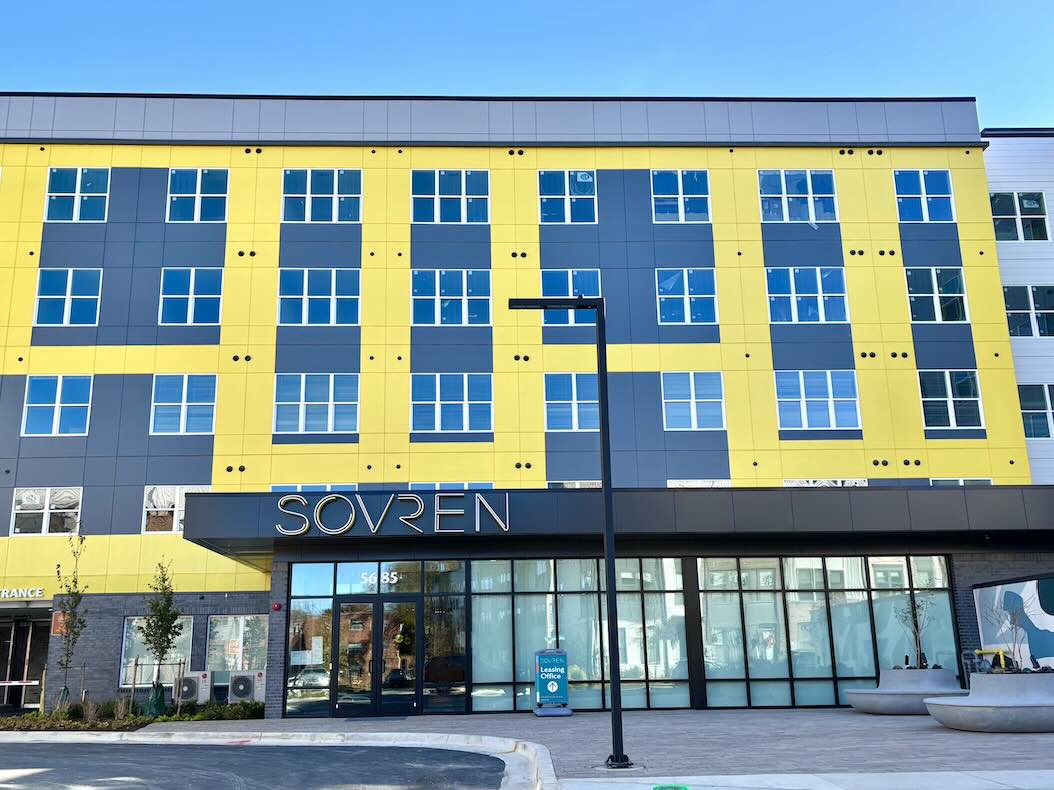
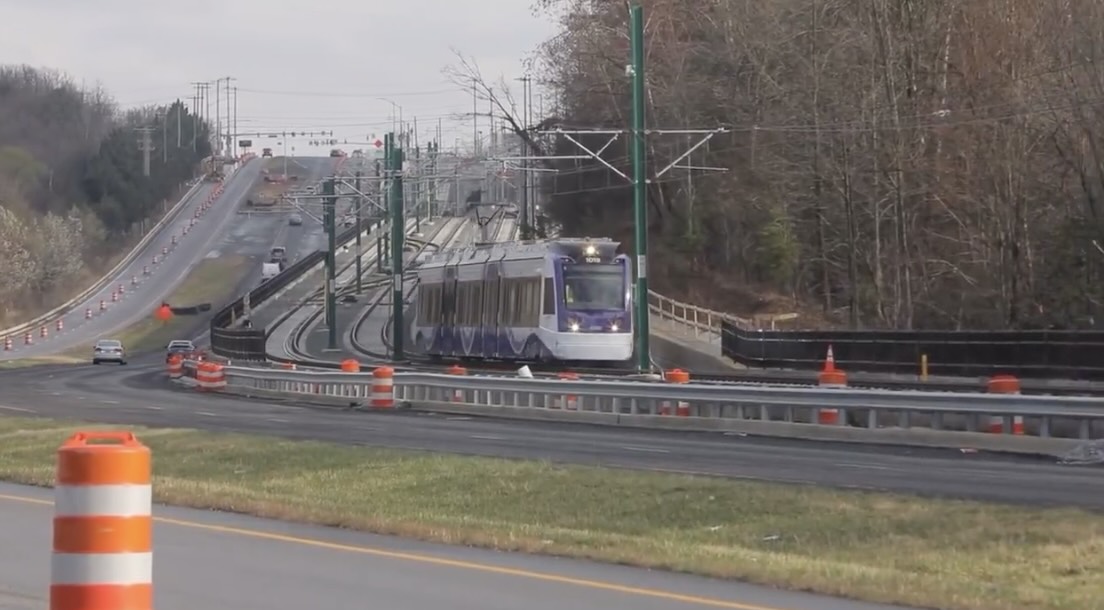
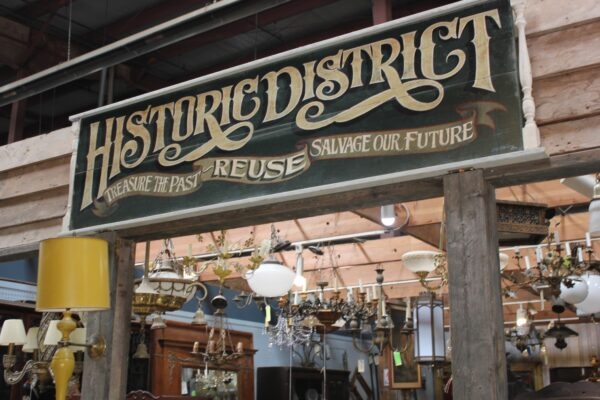

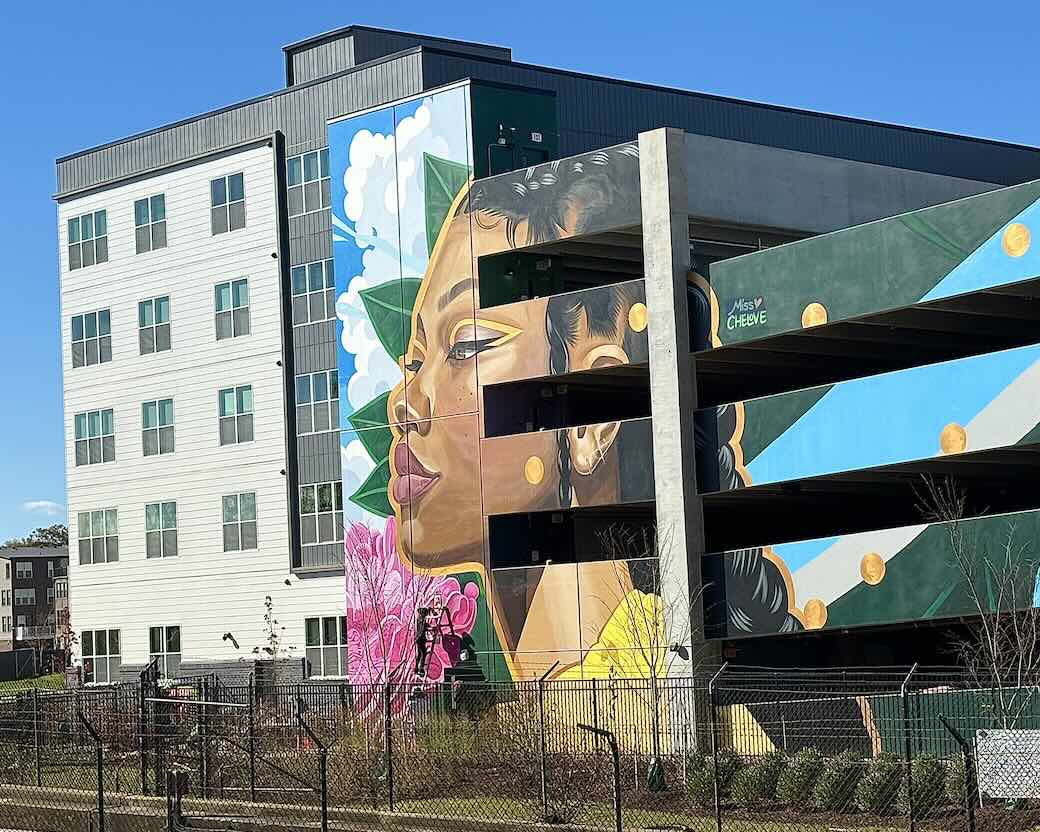
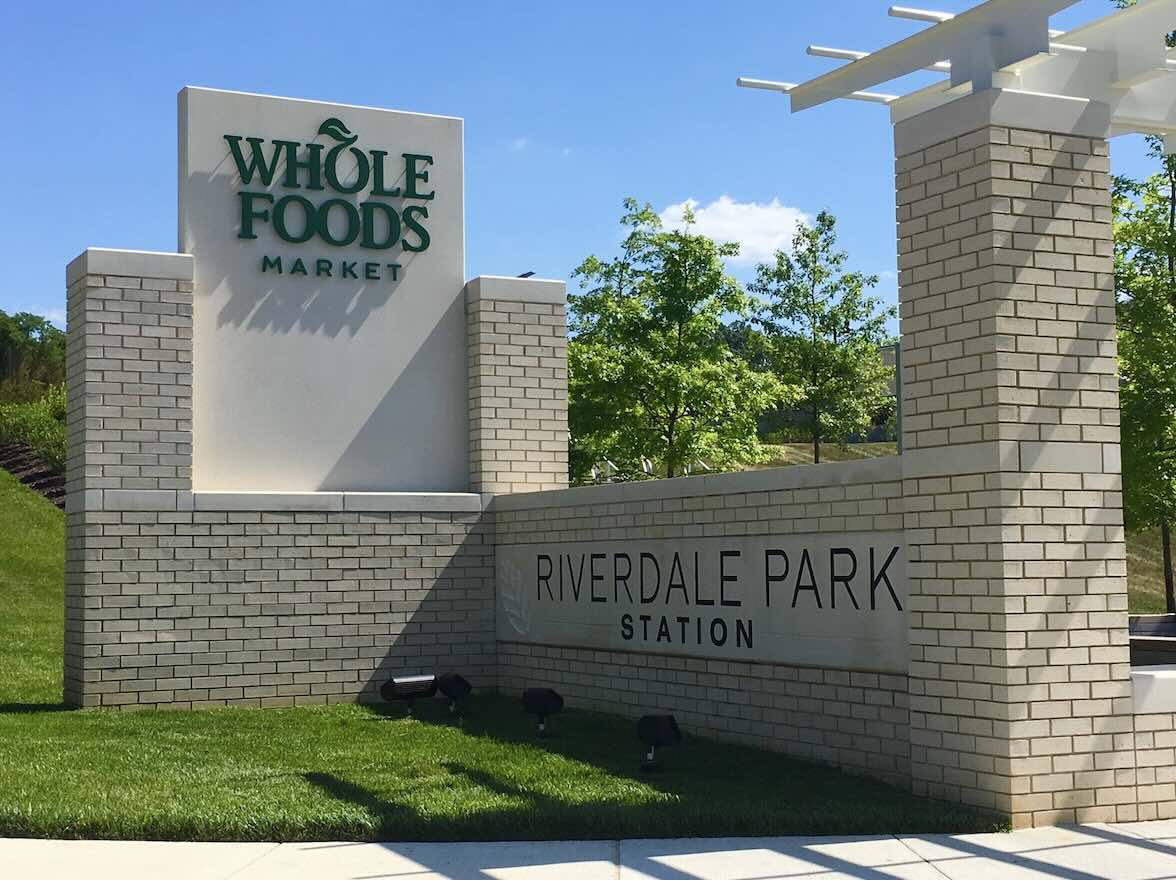
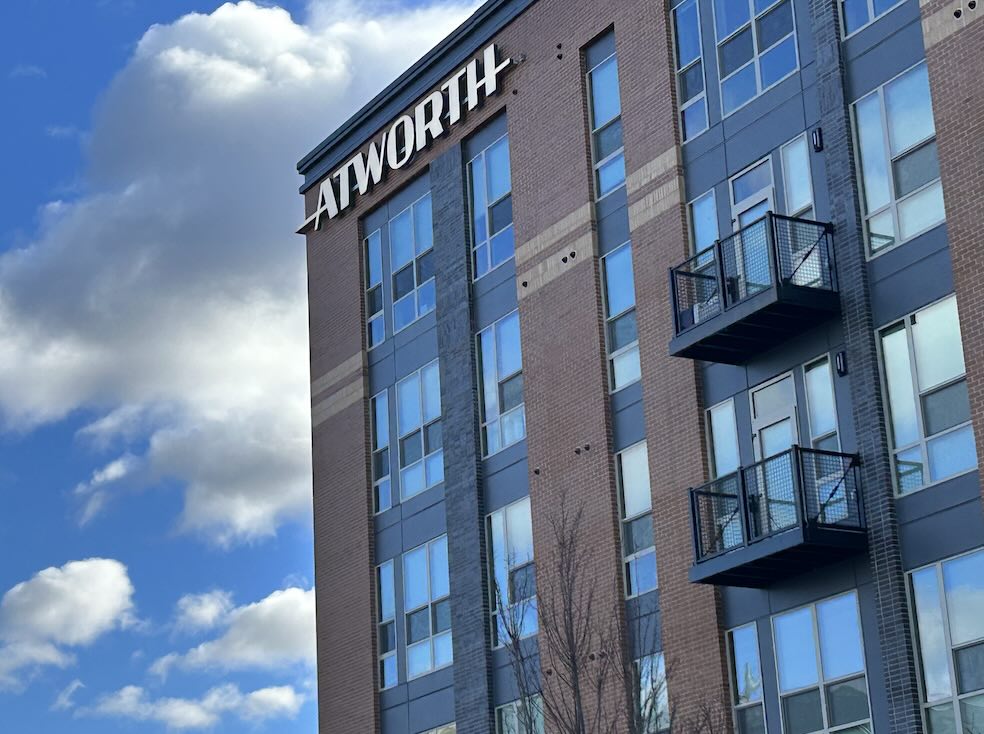


Thanks for posting this. While I’m on the SOS FB site, I am for rebuilding. Do love to see community involved, whichever side. Would do more for the County if we could have that same enthusiasm to repeal TRIM!
It’s unfortunate that you chose to highlight Mr. Gannon’s comment, which are often misleading or beside the point. The fact that the building is not equipped to handle computers or isn’t ADA compliant does not mean that it must be torn down. A renovation would address these issues. Mr. Gannon is also not the arbiter of what is or is not historically significant. The 2010 facilities assessment doesn’t say that it would be more expensive to renovate that to rebuild. This can only be determined through a feasibility study, which the county has not conducted. Mr. Gannon also suggests that the community is split on the matter of whether to renovate or rebuild. This may or may not be true, but there is no way he can make this claim with any certainty. They’ve held but one public meeting, which I attended, and there was plenty of support for renovation at that meeting. And, the fact that the Save Our Saucer page has just over 5oo “likes” is relatively meaningless. The PGCMLS page has just over 650 “likes” and it has taken them a few more years than SOS to get there. Does that give some measure to the value of the organization? The saucer group posted the following, which I’ll share:
We believe that rehabilitating the existing building and its iconic saucer makes sense from a preservation standpoint, as well as an environmental one. As mid-century structures like this library reach the 50-year threshold, we are called to better understand and evaluate the significance of a new era of historic properties. As stewards for the next generation we cannot take this lightly. There are historic, cultural, aesthetic, financial, and environmental consequences to razing the library that have not been thoroughly evaluated. The existing library has character. It is both representative of an important and intriguing era in world history and locally memorable for all library goers it has served since its opening. It is also important to understand that a short-sighted, disposable approach to building is bad for the environment, as well as our cultural heritage. The proposed new library is smaller is size than the existing library and would likely be more expensive per square foot than a comprehensive rehabilitation. A thoughtful and studied approach to renewing the existing building would allow for upgrades to the interior design and layout, the integration of sustainable systems and technologies, as well as compliance with current code and ADA requirements. With a sensitive rehabilitation patrons would gain a 21st century library experience while still preserving a locally significant building that embodies the spirit of its time.